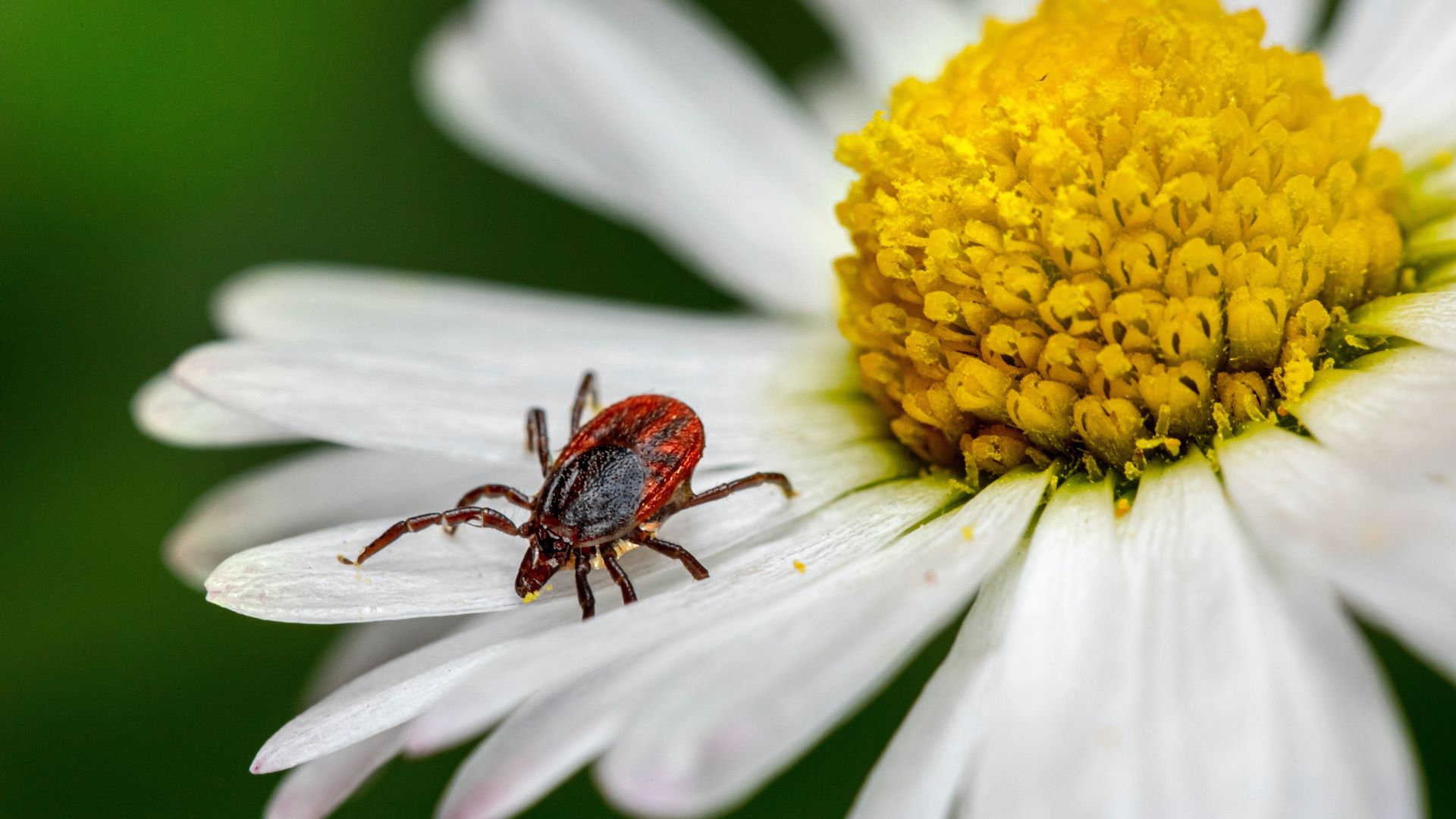The Lamen
How to remove a tick without getting infected?

Knowing how to remove a tick properly can not only save you from some pain and disgust, but also reduce your risk of getting infected with Lyme disease.
Photo: Black-legged tick via Unsplash
Spotting a tick on your body might cause you to panic, especially since these tiny arachnids are notorious for causing several serious illnesses, including:
- Lyme disease
- Rocky Mountain Spotted fever
- babesiosis
- ehrlichiosis
- Southern-tick-associated rash illness
- Tick-borne relapse fever
- anaplasmosis
A tick latches onto a host by digging its hooks into their bodies, feasting on their blood. While not every tick carries a disease, removing them properly significantly reduces your risk of getting infected.
- Sterilize a pair of fine-tipped tweezers by cleaning them with rubbing alcohol.
- Grasp the embedded tick with the tweezers as close to the skin as possible and pull upward with even pressure. Don’t twist or apply too much pressure, as some parts can break off and remain in the skin.
- Do not crush the tick. Dispose of it by placing it in a sealed back or submerse it in rubbing alcohol. Flushing it down the toilet also works.
- Afterward, clean the bitten area, your hands, and the tweezers with rubbing alcohol or soap and water.
◢ What about the tick bite?
While tick bites are often harmless, others may develop a rash — indicating an allergic reaction. Other signs of an allergy include:
- a burning sensation around the bite
- pain, swelling, or blisters
- shortness of breath — indicating a serious reaction
If you have been infected with infectious material from the tick, you can expect symptoms within a few days or weeks, including:
- fever
- chills
- headache
- nausea
- weakness
- muscle or joint pain
If you experience any of the symptoms above, you should follow through by visiting a doctor and identifying the geographic location of the tick — which can narrow down your condition.